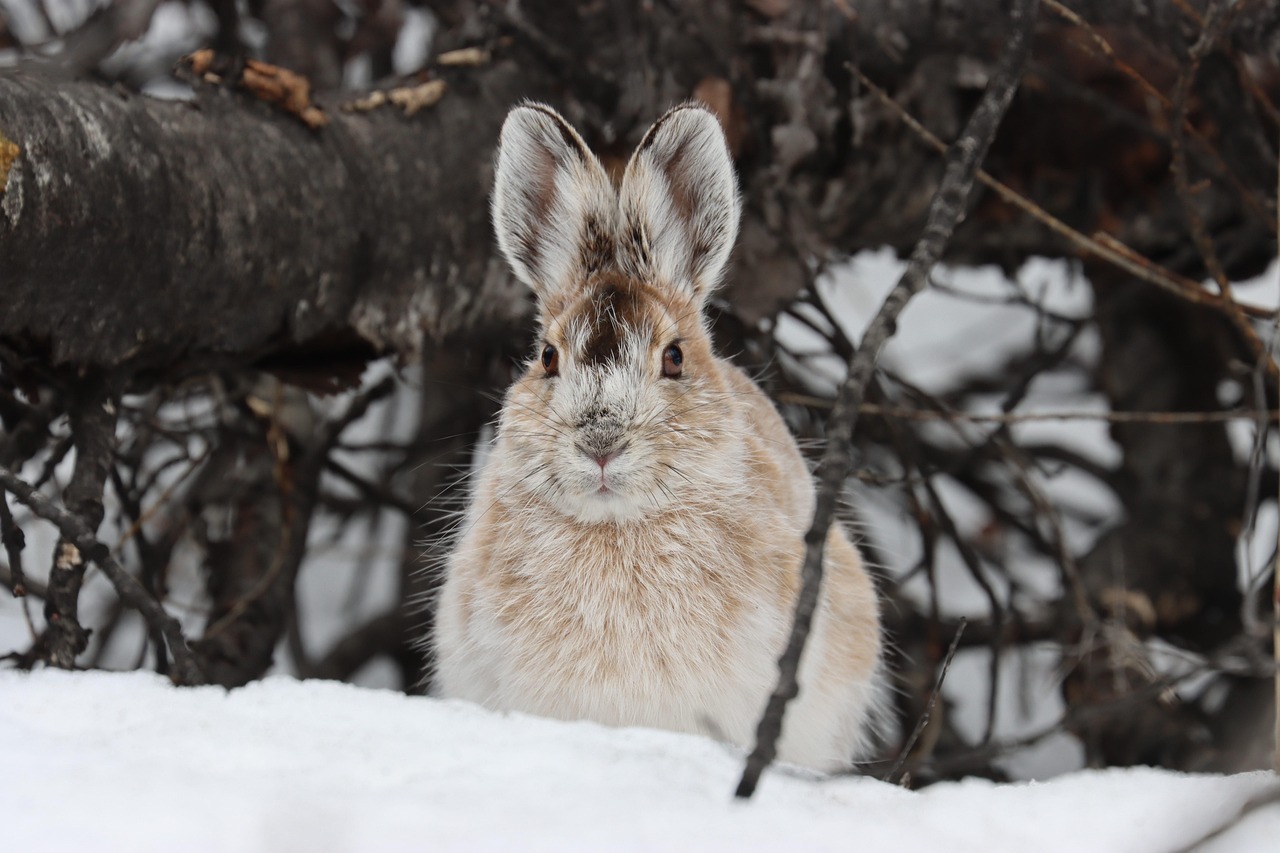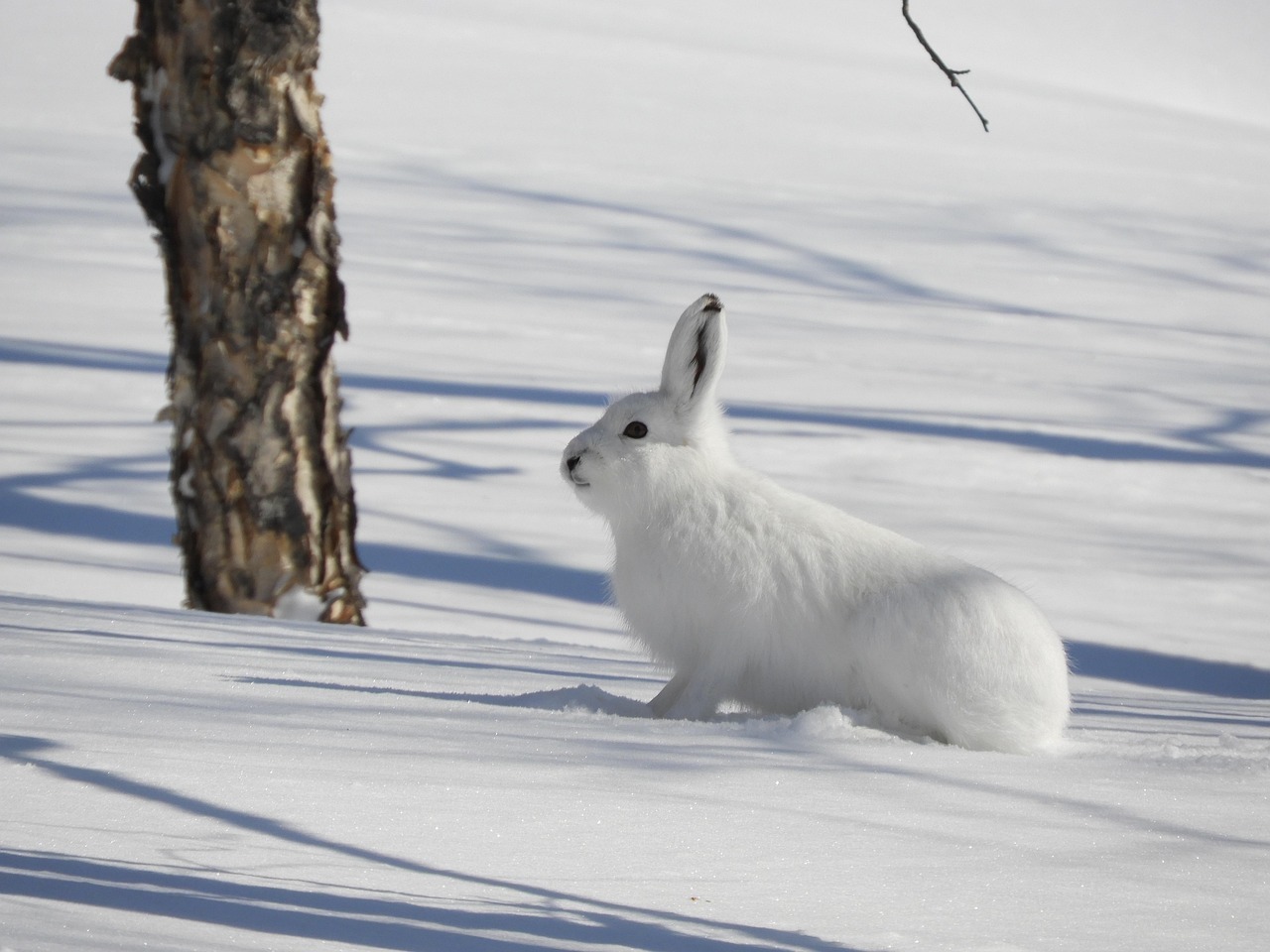
Facts
A member of the Lagomorph family, the mountain hare, is not the same as the brown hare, although obviously similar, the mountain hare is smaller than its brown cousin, but larger than a rabbit, and is widely famous for its impressive white coat in winter.
Found in Scotland and the North of England, the species are adapated to low temperatures and winter conditions, including having heavily furred hindfeet, which act like snow-shoes, helping to spread their weight so that they don’t sink into soft, deep snow.
Length: 45 - 60cm
Weight: 2.5kg - 4kg
Diet: Herbivorous - heather, moorland grasses, and other plant species
Average Lifespan: up to 10 years
When to see them: All year round
UK population: 135,000; about 2,400 in England
UK conservation status: GB Red List - Near Threatened

Behaviour
Moulting their grey coat in early winter, it then turns white, allowing them to camouflage with their snowy environment. They are mainly nocturnal, but can be active during the day if they feel safe and secure enough. Similarly timid, like their lagomorph cousins, if danger is near, they crouch motionless with their ears down and at the last minute, can dart uphill at high speed. After about 50m, they do their famous stop and stand, to look back at what startled them.
Mainly solitary animals, especially when resting, but can often be found grazing in groups, feeding along well-trampled trails through long vegetation.

Their Threats
Natural causes: Populations periodically crash by up to 90%, because of increasing gut parasite loads. This predisposes mountain hare groups to vulnerability by other causes which can compound their decline.
Hunting: Illegal hunting is sadly still a threat for the species.
Decline in habitat: Wildfires pose issues to the upland habitat needed by the mountain hare.
Climate change: Animals adapted to cold climates are especially vulnerable to effects of increasing temperatures in the northern regions, particularly because any changes may impact how easily they can find food. Wildfires also continue to pose issues to the upland habitat needed by the mountain hare.

How you can help
There are a number of simple ways you can help mountain hares:
> Volunteer with local organisations to help with moorland restoration work to improve habitats
> Report sightings. This will help inform future adaptation planning
> Help install wildlife corridors, such as underpasses, to increase connectivity between populations and decrease road casualties
We need your help
Any help you give can make a huge difference and keep us saving wildlife.
